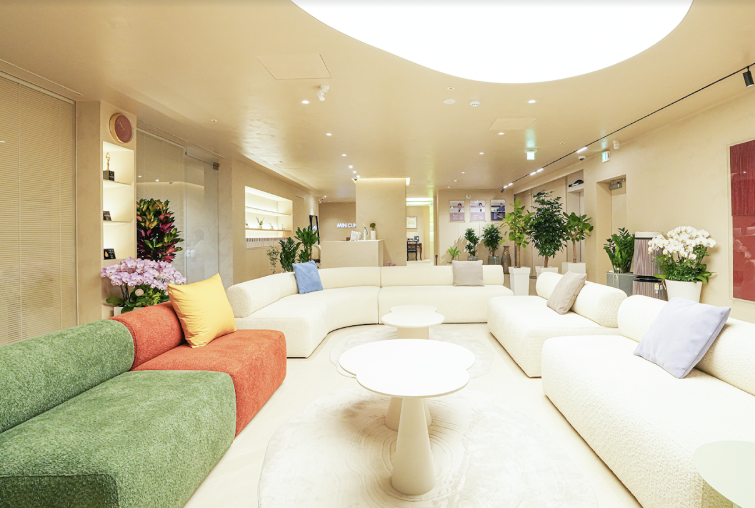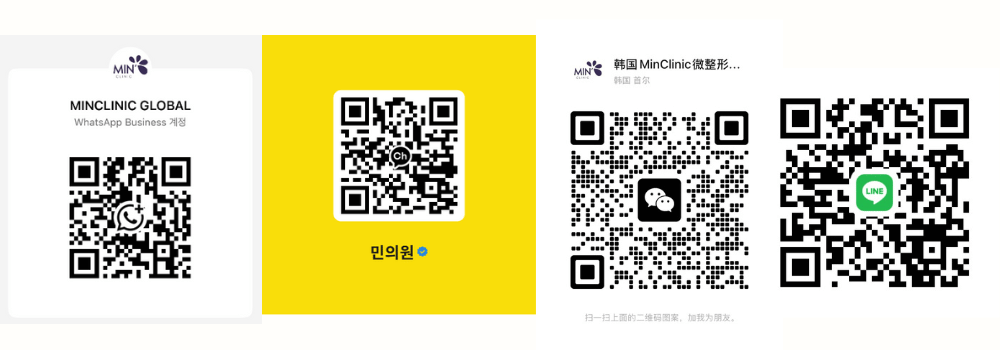CO₂ Laser vs TRM Laser vs Exosome Injections: Which Is Safe for Acne Scars?
What each treatment is
- CO₂ Laser (Carbon Dioxide fractional laser): A high-energy ablative laser that removes microscopic columns of skin, penetrates deeply, and triggers strong collagen remodelling. Studies show fractional CO₂ laser can be effective and ‘generally considered safe’ for acne scar treatment when used properly. ijord.com+3MDPI+3PMC+3
- TRM Laser: A less familiar but growing modality in Korea — described as a fractional laser with a 1927 nm wavelength, high moisture absorption, non-ablative or minimally ablative, suited for pigmentation, scar texture, and sensitive skin. cdubeauty.co.kr+1
- Exosome Injections: Regenerative treatment where exosome-rich solutions (cell-derived particles) are injected or applied (often with microneedling) to stimulate skin repair, collagen formation, and improve texture/scarring. Korean clinics promote them for acne scars. Ever Skin Clinic+1
✅ Safety & Efficacy — How they compare
CO₂ Laser:
- Efficacy: Strong for deeper, atrophic acne scars. PMC+2MDPI+2
- Safety notes: Because it’s ablative and penetrative, risks include redness, downtime, pigment changes (especially in darker skin), infection, scarring if mis-used. Cleveland Clinic+2Medical News Today+2
- Best used in experienced dermatology settings with good after-care.
TRM Laser:
- Efficacy: Promoted in Korea for improving texture, pores and pigmentation, and labelled safe for sensitive skin with low side-effect rates. oneul-an.com+1
- Safety: Because it’s less aggressive (non-ablative or minimally ablative) and marketed for sensitive skin, downtime is shorter and risk may be lower.
- Context: Might be better for milder scars, sensitive skin or initial stage treatments.
Exosome Injections:
- Efficacy: Emerging regenerative option; clinics say they support collagen repair and skin healing for acne scars. Ever Skin Clinic
- Safety: While marketed as safe/hypoallergenic in Korean clinics, this modality is newer and longer-term data is less established. Also, many regulatory jurisdictions raise caution about sourcing and standards of exosomes. 가디언
- Best considered as adjunctive or lower-risk option where downtime must be minimal.
🎯 Which to choose based on your skin & scar type
- If you have deep, pitted, atrophic acne scars (rolling, boxcar), and are okay with some downtime and higher cost → CO₂ Laser offers strong improvement, but demands good after-care and a specialist.
- If you have moderate scars, texture irregularities, or sensitive skin (thin skin, reactive, risk of pigmentation) → TRM Laser might offer a safer balance of effectiveness + lower risk.
- If you prefer minimal downtime, less invasive approach, or want a treatment that supports healing rather than aggressive removal → Exosome Injections (often paired with microneedling) could be a good option — but expect more modest results and ensure the clinic uses high-quality regulated exosome product.
⚠️ Safety Tips & What to Ask Before Treatment in Korea
- Always ask: “Which doctor will treat me? Are they a board-certified dermatologist (피부과 전문의)?”
- Device specifics: Ask for the exact laser model/wavelength (for CO₂ or TRM) or product brand/source (for exosomes).
- Ask about skin type risk: If you have darker skin tones (Korean Type IV-V) or sensitive skin, the risk of pigment changes is higher — especially for ablative lasers. Allure
- Ask about downtime, after-care protocols, number of sessions, cost breakdown and risk of needing revision.
- For exosomes: Ask for source of exosome (human vs plant vs synthetic), regulatory approval (KFDA), clinical evidence, and safety data.
- Confirm foreign-friendly service: English consultation, clear quotation, translation support.
📝 Final Thoughts
All three treatments have their place in Korea’s advanced skin-clinic ecosystem. CO₂ Laser remains the gold standard for deep acne scars but comes with higher risk and downtime. TRM Laser offers a gentler yet still effective alternative, especially for moderate scars or sensitive skin. Exosome Injections represent the frontier of regenerative dermatology — promising but less proven, and best approached with caution.





